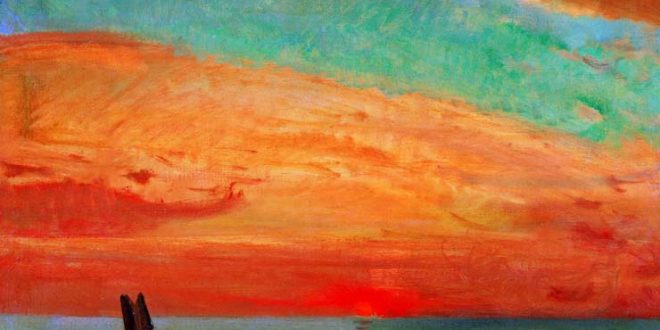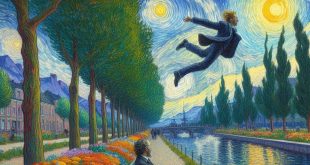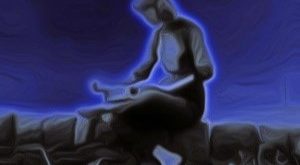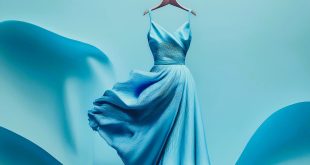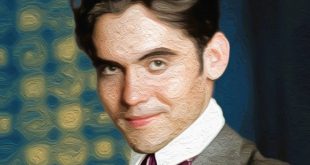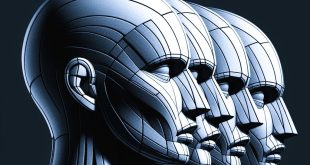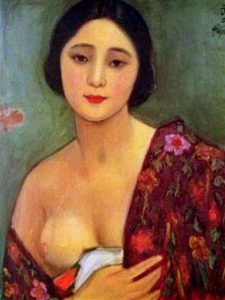 Few women wrote poetry and those who did, typically used traditional forms to address domestic concerns. Chika Sagawa, born in Kawasaki Ai in 1911 was one of the most innovative poets in early-twentieth-century in Japan. Rather than relying on traditional forms, she used free verse to explore her interiority through imagery and her images were shockingly new. Not long after her death, many changes came to Japanese culture, because the Japanese government promoted writers, who used familiar Japanese forms.
Few women wrote poetry and those who did, typically used traditional forms to address domestic concerns. Chika Sagawa, born in Kawasaki Ai in 1911 was one of the most innovative poets in early-twentieth-century in Japan. Rather than relying on traditional forms, she used free verse to explore her interiority through imagery and her images were shockingly new. Not long after her death, many changes came to Japanese culture, because the Japanese government promoted writers, who used familiar Japanese forms. 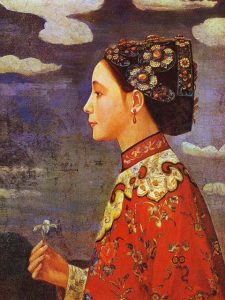 Chika Sagawa (whose real name was Aiko Kawasaki), was one of the first female modernist poets in Japan. After her death, her poems were collected and edited by Ito Sei and published as the Collected Poems. Her poems appeared in the Arcueil Club’s magazine Madame Blanche and she participated in a publication venture for Japanese avant-garde poets (collectively called l’esprit nouveau).
Chika Sagawa (whose real name was Aiko Kawasaki), was one of the first female modernist poets in Japan. After her death, her poems were collected and edited by Ito Sei and published as the Collected Poems. Her poems appeared in the Arcueil Club’s magazine Madame Blanche and she participated in a publication venture for Japanese avant-garde poets (collectively called l’esprit nouveau).
OCEAN OF MEMORY – Hair disheveled, chest splayed out, a madwoman streels. A crowd of white words crumbles upon the crepuscular ocean. A torn accordion, a white horse and black horse storm across over it, frothing.
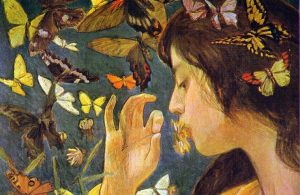 GLASS WING – People carefully pass along love, held between glass wings, which the sun destroys on the street corner. The sky stands facing the window, darkening as the ventilator turns. Leaves are in the sky, drawing a single line, the rooftops leaning in. Trains crawl along the bulging street, the sailor’s collar rotating between the blue creases of the sky. The dressed up lines of summer pass by and crumble into the flask. The fruits of our hearts rain happy shadows.
GLASS WING – People carefully pass along love, held between glass wings, which the sun destroys on the street corner. The sky stands facing the window, darkening as the ventilator turns. Leaves are in the sky, drawing a single line, the rooftops leaning in. Trains crawl along the bulging street, the sailor’s collar rotating between the blue creases of the sky. The dressed up lines of summer pass by and crumble into the flask. The fruits of our hearts rain happy shadows.
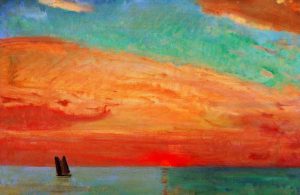 THE BLUE HORSE – A horse came tearing down the mountain and went mad. From that day on she eats blue food. Summer dyes blue the women’s eyes and sleeves, and then whirls merrily in the town square. The customers on the terrace smoke so many cigarettes that the tinny sky scribbles rings in the ladies’ hair. Sad memories should be thrown out like a handkerchief. If only I could forget the love and regret and the patent leather shoes! I was saved from having to jump from the second floor. The sea rises to the heavens.
THE BLUE HORSE – A horse came tearing down the mountain and went mad. From that day on she eats blue food. Summer dyes blue the women’s eyes and sleeves, and then whirls merrily in the town square. The customers on the terrace smoke so many cigarettes that the tinny sky scribbles rings in the ladies’ hair. Sad memories should be thrown out like a handkerchief. If only I could forget the love and regret and the patent leather shoes! I was saved from having to jump from the second floor. The sea rises to the heavens.
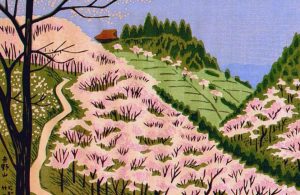 MORNING BREAD – In the morning I see several friends escaping from the window. Temptation of the green insect. In the orchard a woman stripped of her socks is murdered. Morning, sporting a silk hat, follows along from behind the orchard. Carrying a newspaper printed in green. I, too, must finally get off the hill. The city cafés are beautiful glass spheres, and a troop of men have drowned in wheat-colored liquid. Their clothing spreads in the liquid. Madam with the monocle tears off her last hunk of bread and hurls it at them.
MORNING BREAD – In the morning I see several friends escaping from the window. Temptation of the green insect. In the orchard a woman stripped of her socks is murdered. Morning, sporting a silk hat, follows along from behind the orchard. Carrying a newspaper printed in green. I, too, must finally get off the hill. The city cafés are beautiful glass spheres, and a troop of men have drowned in wheat-colored liquid. Their clothing spreads in the liquid. Madam with the monocle tears off her last hunk of bread and hurls it at them.
 The intellectual property of the images that appear in this blog correspond to their authors. The sole purpose of this site, is to spread the knowledge of these painters and that other people enjoy their works. To pursue this issue, you can digit: http://meetingbenches.com/2017/04/satsuma-domain-japan-kagoshima-landscapes/
The intellectual property of the images that appear in this blog correspond to their authors. The sole purpose of this site, is to spread the knowledge of these painters and that other people enjoy their works. To pursue this issue, you can digit: http://meetingbenches.com/2017/04/satsuma-domain-japan-kagoshima-landscapes/
 Meeting Benches World art in all forms
Meeting Benches World art in all forms
